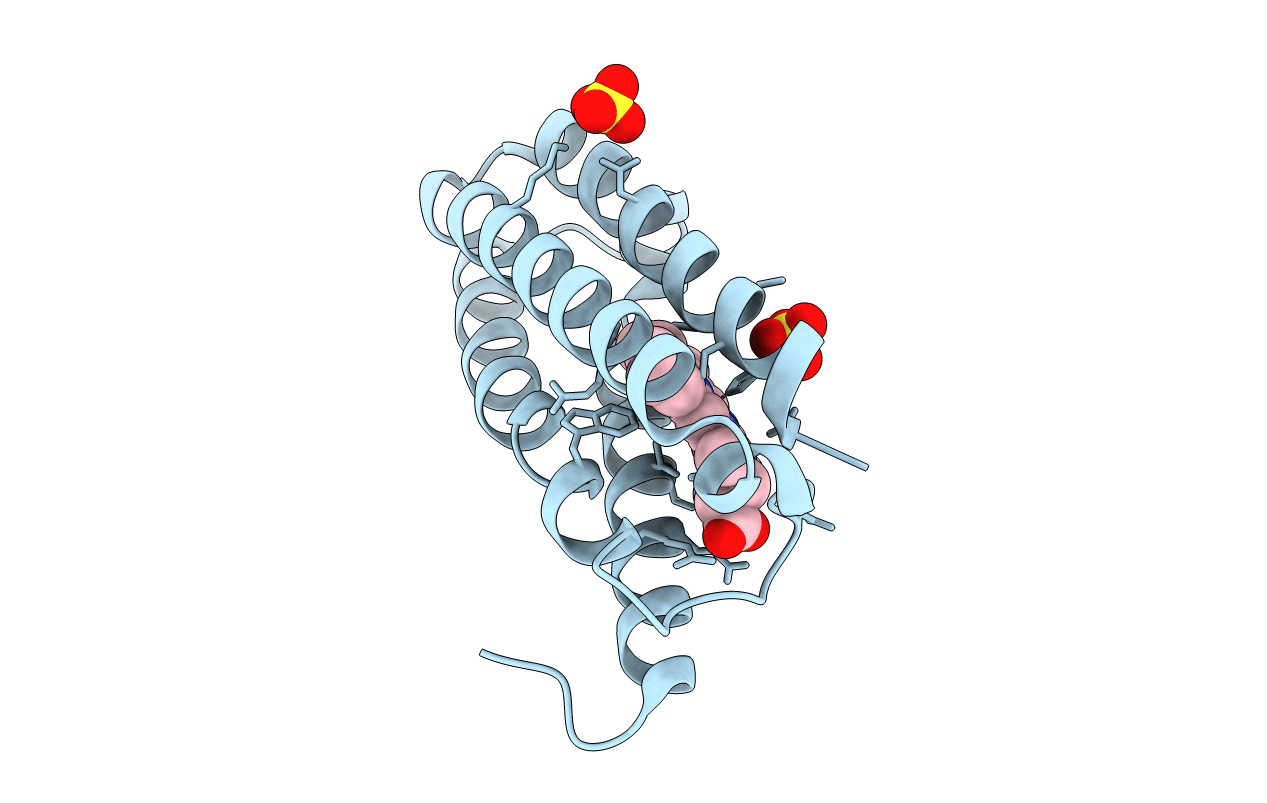
Deposition Date
2010-07-20
Release Date
2010-11-10
Last Version Date
2024-10-09
Entry Detail
PDB ID:
2XLD
Keywords:
Title:
Cytochrome c prime from Alcaligenes xylosoxidans: Ferrous R124Q variant
Biological Source:
Source Organism:
ACHROMOBACTER XYLOSOXIDANS (Taxon ID: 85698)
Host Organism:
Method Details:
Experimental Method:
Resolution:
1.40 Å
R-Value Free:
0.21
R-Value Work:
0.18
R-Value Observed:
0.18
Space Group:
P 65 2 2


